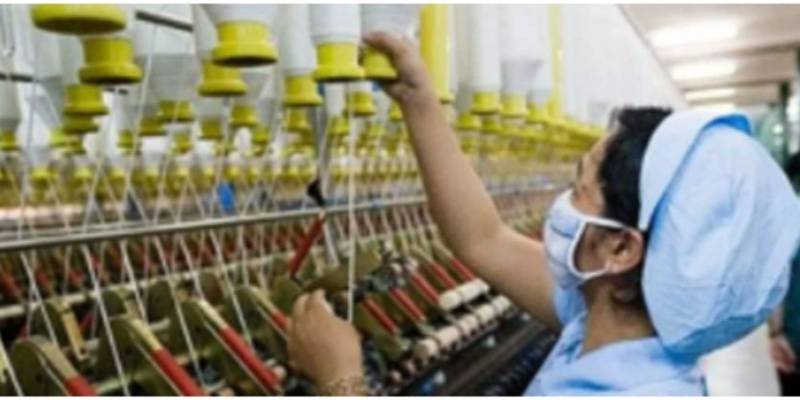Almost 10 leading garment exporters of India have come forward to invest under Production- Linked Incentive (PLI) scheme and it is good to see that now along with the cotton, they will also make their strong presence in man-made fabric or garments based on man-made fabric. Our industry was always well aware of the growing demand and scope of man-made based garments, but certain limitations were there and due to these limitations, India couldn’t grab much share of this productsegment.
These limitations, like limited processing expertise, and less product development in the yarn and fabric stage, will reduce now, as companies are not only getting incentives, but also support in procuring raw material. But the mindset and a sense of satisfaction rather than an appetite to grow and grow continuously are also the reason why there are very few global champions in the Indian textile and garment industry.
And that is why despite having the world’s largest man-made fabric manufacturing hub in Surat, India is globally known for cotton-based garments only. And this issue is not limited to cotton or man-made fabric, the majority of the industry works in its comfort zone and on a set pattern only. Why Tirupur in Tamil Nadu, Ludhiana in Punjab, and Kolkata in West Bengal are mainly known for knitted garments, while Mumbai in Maharashtra, Delhi-NCR, and Karnataka’s Bangalore is known mainly only for woven garments majorly. Similarly, the same is the condition with most of the other hubs like Ahmedabad in Gujarat for denim, Indore in Madhya Pradesh for kidswear, Panipat in Haryana for home furnishing, and Jaipur in Rajasthan for women’s fashion garments only.

